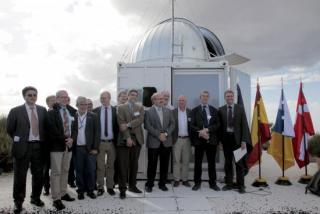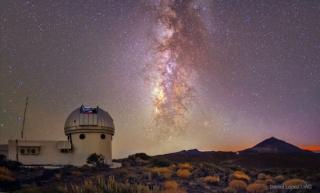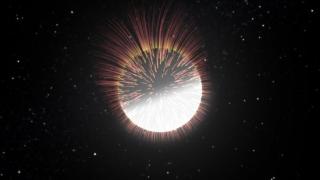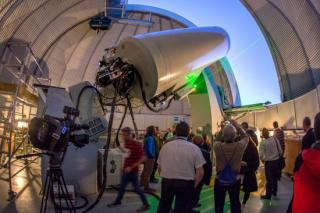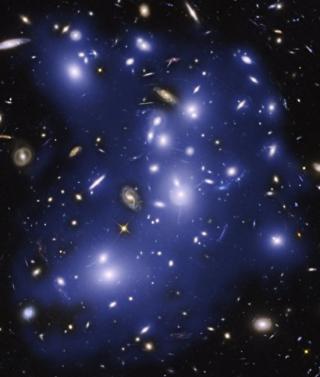
Researchers from the IAC and the ULL, using the Hubble Space Telescope, have observed the remains of the destruction of galaxies on a large scale, and make a significant contribution to our understanding of how the large scale structure of the universe has evolved
Advertised on
